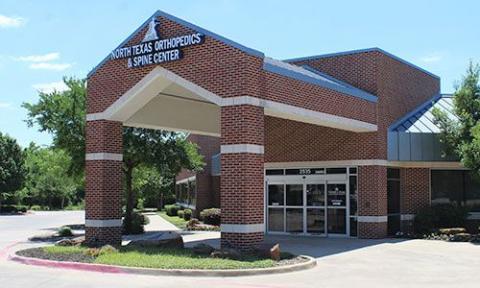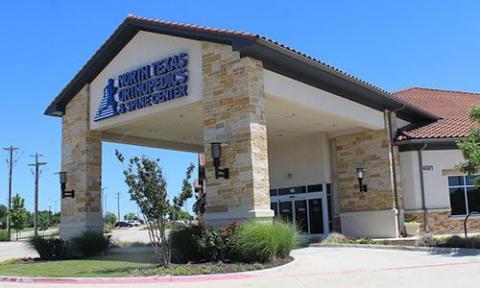A wrist sprain is a common injury that occurs when the ligaments in the wrist are stretched or torn. Whether caused by a fall, sports injury, or sudden twist, a wrist sprain can range from mild to severe, potentially impacting daily activities. In this blog post, we will explore the causes, symptoms, diagnosis, and treatment of wrist sprains, as well as tips for recovery and prevention.

A wrist sprain occurs when the ligaments connecting the bones in the wrist are damaged. Ligaments are tough bands of tissue that provide stability to the joint, and an injury to these structures can lead to pain, swelling, and limited mobility.
Wrist injuries are typically caused by:
Common symptoms include:
Wrist sprains are classified by severity:
A healthcare provider can diagnose a wrist sprain through:
Treatment depends on the severity of the injury:
Severe sprains with complete ligament tears or associated fractures may require surgery to repair the damaged structures and restore stability to the wrist.
Recovery times vary depending on the severity of the sprain:
Rehabilitation plays a vital role in regaining wrist strength and flexibility. Following a prescribed physical therapy program is crucial for preventing stiffness and ensuring optimal recovery.
To reduce the risk of wrist sprains, consider the following tips:
Wrist sprains, though common, can be effectively managed with the right care and rehabilitation. Prompt treatment and adherence to recovery guidelines are essential for minimizing downtime and returning to daily activities. If you suspect a wrist sprain, consult a healthcare professional to ensure proper diagnosis and treatment.
For more information on wrist injuries and recovery strategies, explore our blog or schedule a consultation with one of our specialists today.
See why our patients love our physicians, quality of care, and amazing results.
*Based on Independent Market Research


© 2024, North Texas Orthopedics & Spine CENTER. All rights reserved.